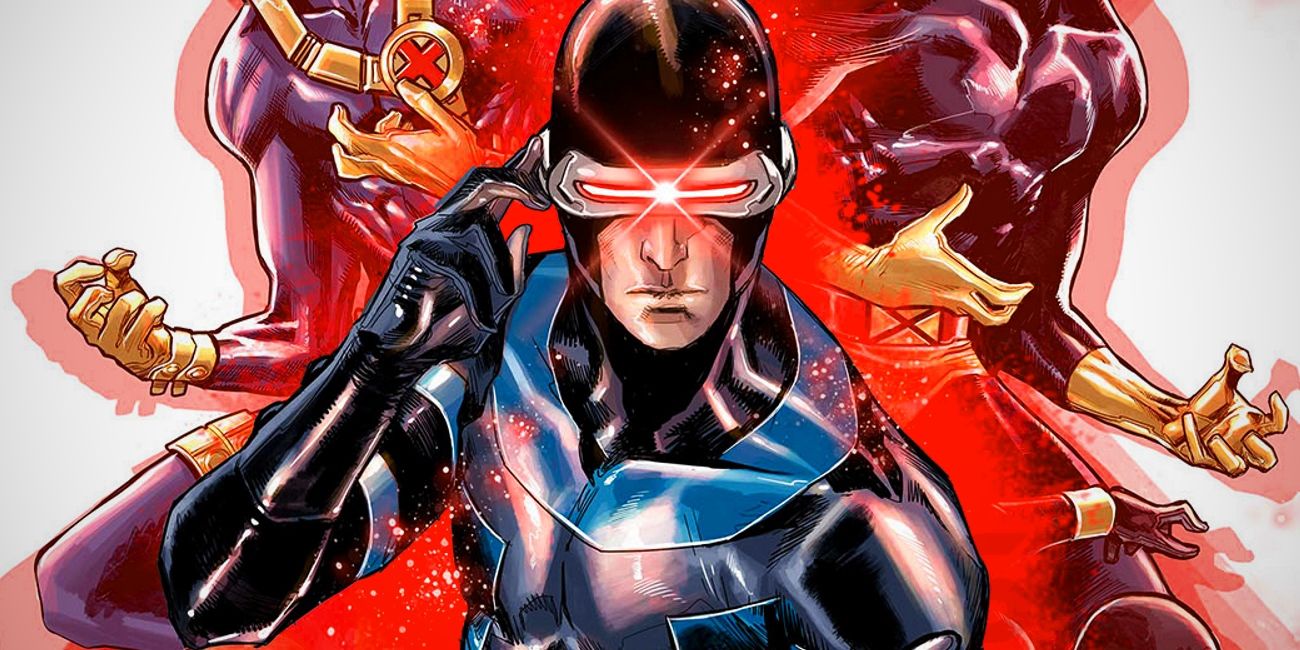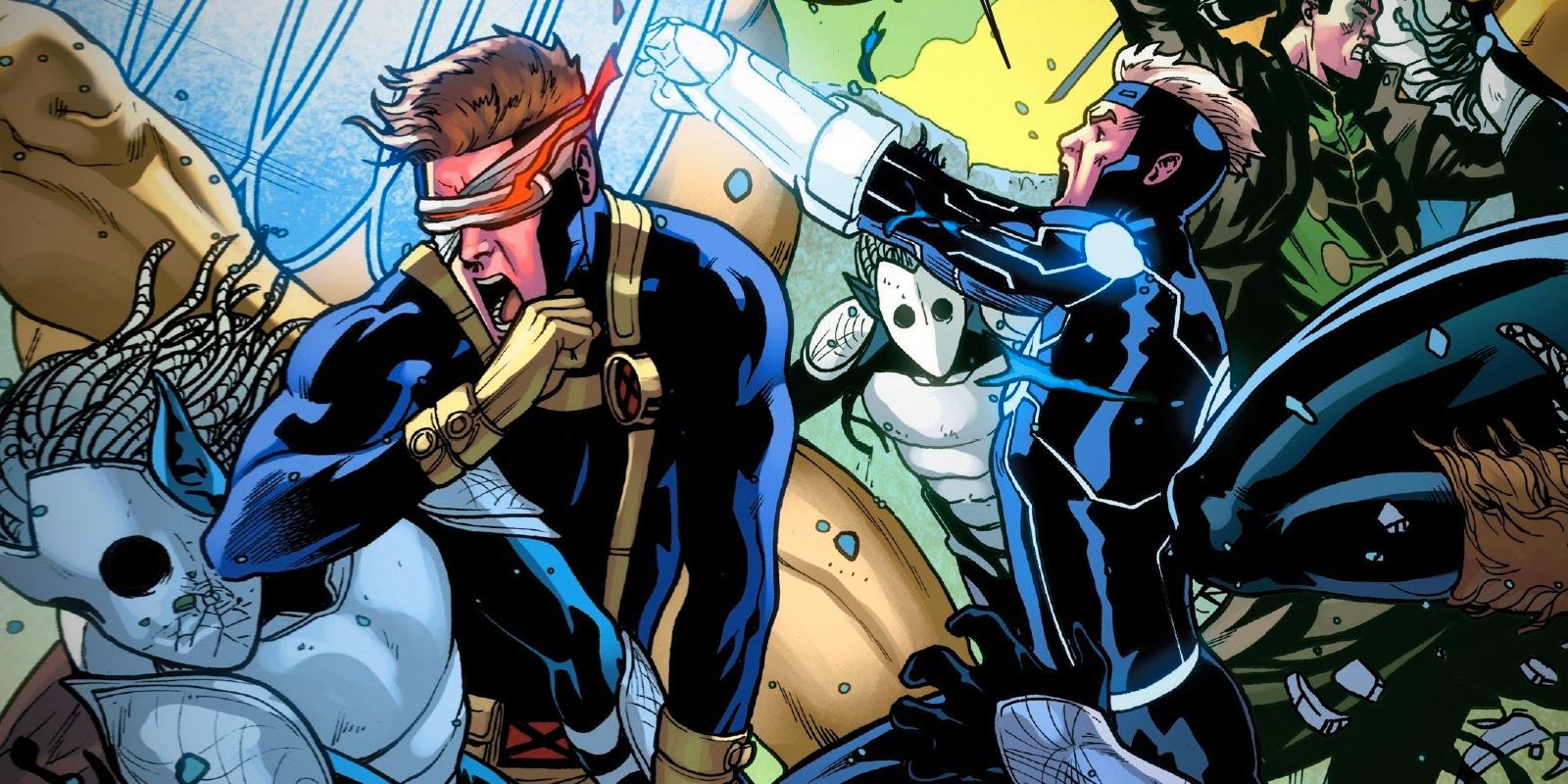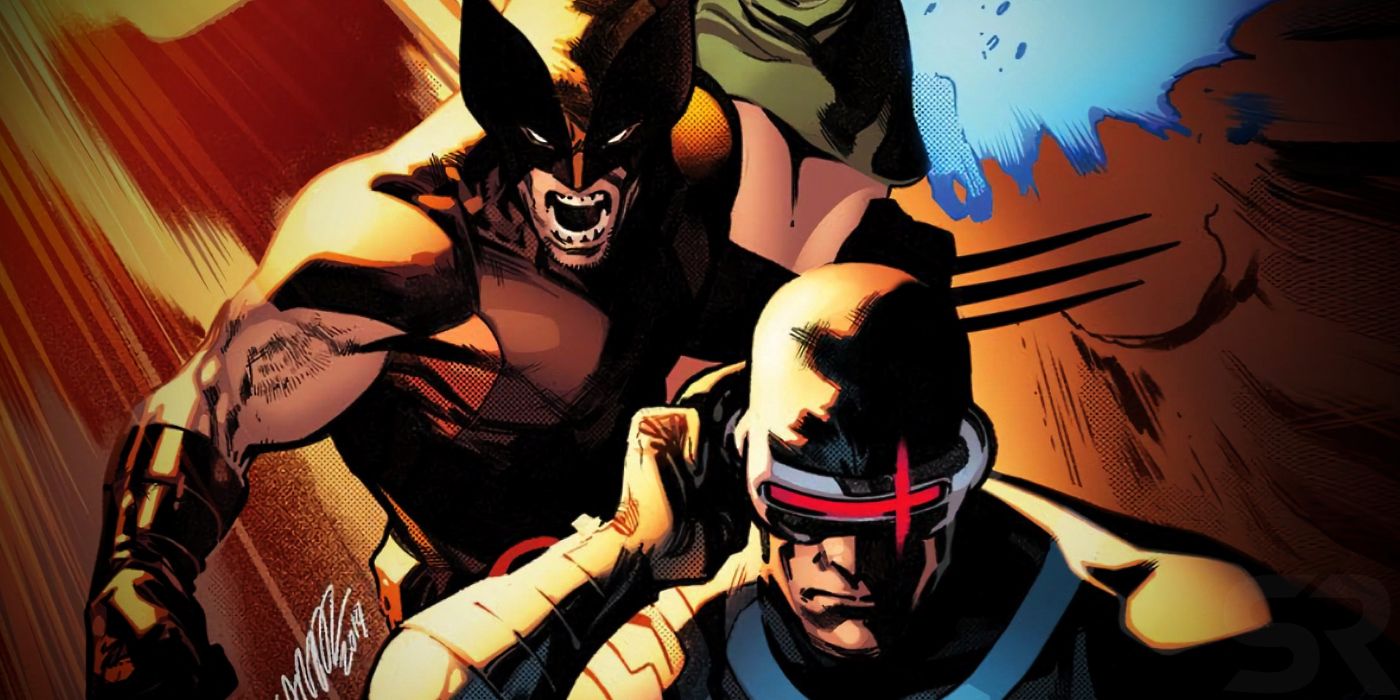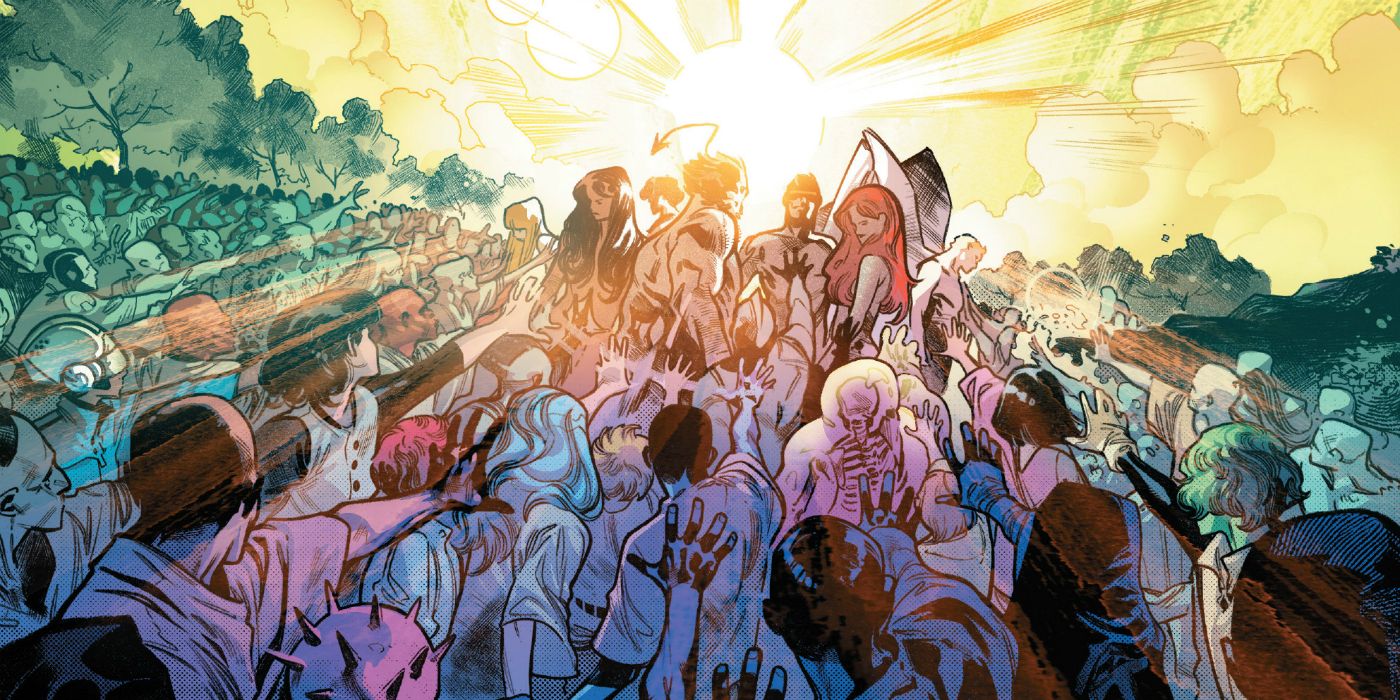Marvel's X-Men reboot has a secret: a missing six-month period in which the entire world changed for mutantkind. Superstar comic book writer Jonathan Hickman has been hired to relaunch the X-Men franchise, and he's doing it in style. In the space of just a few issues, Hickman has redefined the X-Men's world.
Hickman is well known for the sheer quality of his world-building, and the House of X and Powers of X miniseries are demonstrating all his skill. He's envisioned a world where Charles Xavier has established a mutant nation on the mutant island of Krakoa, and where he's combining the powers of five mutants with Cerebro technology to gradually resurrect all the mutants who have died in the past. At the same time, though, Hickman's writing deliberately invites readers to question its own narrative--raising suspicions that the X-Men are being turned into the bad guys.
But that's not the only issue. A closer look at Hickman's story raises another question; just what happened in the six-month time jump between Matthew Rosenberg's last series of Uncanny X-Men, and the launch of the Hickman era?
The Rosenberg Run Did Damage To The X-Men
Matthew Rosenberg's Uncanny X-Men run was one of the darkest periods in the history of the whole franchise. The majority of the X-Men had been cast into an alternate reality created by Nate Grey, leaving just a handful of heroes left--most notably the newly-resurrected Cyclops and Wolverine. With the X-Men gone, humanity turned against the mutants, and soon the last few survivors realized that they had their backs to the wall. Cyclops dedicated his team to clearing up the X-Men's last few messes, expecting the imminent extinction of the entire mutant race. The Rosenberg run was notable for its death, and while most characters killed off were minor--the Nasty Boys, the Marauders, Triage and Blindfold--all still had their followings.
But others were surprisingly high-profile: Rosenberg killed Wolfsbane, Strong Guy, Chamber, Banshee, Juggernaut, Jamie Madrox, and even Cyclops's brother Havok. The deaths accelerated towards the end of Rosenberg's run, and frankly readers began to assume some sort of reset was coming. While all attention was focused on the deaths, Rosenberg also had several of his X-Men sustain shocking injuries. Cyclops had one of his eyes shot out, making his moniker more appropriate than ever before; Emma Frost was forced to have surgery conducted on her skull, leaving notable scars on her head; and Magik was transformed into a Hellish demon when her mutant abilities were completely deactivated.
The Six-Month Time Jump Is Hiding A Lot Of Changes
The Hickman era is noted for its unexpected, miraculous resurrections. House of X #5 finally explained them all: Xavier, Magneto, and Mr. Sinister had conspired to create a library of genetic information, storing records of every mutant who ever lived. Cerebro then stored mutants' mental engrams. Together, the X-Men then found a way to create and accelerate the maturity of clone bodies. Putting all these pieces together, they had the means to clone a new body for any mutant who had died, and Xavier could perfectly duplicate their consciousness. It seemed to explain why Rosenberg was allowed to kill so many mutants, in so liberal a fashion. Because the X-Men were about to conquer death.
But the six-month time jump between Rosenberg's Uncanny X-Men clearly hides a lot of important changes. Cyclops is a major character in Hickman's books, but he has both eyes. Emma Frost no longer has scarring on her skull. The clear implication, then, is that these aren't the original characters, but clones, restored to their prime. There's evidence some others have been reset through cloning as well, most notably Jean Grey, given that the Krakoan Jean appears to be based on an earlier record of her mind. One with slightly less control of her powers, who calls herself Marvel Girl, and likes to dress in a green miniskirt. A version of Nightcrawler sacrificed himself in House of X #4 believing he still had an immortal soul, which he technically lost years ago when he chose to leave Heaven to help the X-Men.
Crucially, House of X #5 suggests that the Krakoan process is only used when somebody has died, so there won't be two or three versions of a given mutant running around. If that's the case, then it means Cyclops and Emma Frost both died somehow in this six-month time window - and most likely Jean Grey and Nightcrawler did as well. Supporting this reading, in House of X #5 Xavier tells a (re-)resurrected Cyclops, "Even knowing I could bring you back... a part of me dies when any of you do. So let's not do that again, shall we?" It's clearly the voice of experience.
So What Really Happened To The X-Men?
All this suggests that something happened in this mysterious six-month period, an event so calamitous that it cost the X-Men some of their greatest heroes. Cyclops, the X-Men's greatest leader and tactician, was killed; two of the X-Men's most powerful and experienced psychics seem to have died as well. While the circumstances haven't even been hinted at to date, the most likely scenario is that these mutants opposed Charles Xavier. Perhaps Cyclops intuited what Xavier was really doing; perhaps Jean and Emma sensed the truth, and opposed him. Whatever the case, they died, and then were brought back to life.
According to House of X #5, Xavier periodically uses Cerebro to record the mental patterns of every mutant on the planet, for the purpose of resurrecting any mutant who dies. But there's no reason he has to upload the current mental patterns into a new host body; he could potentially choose to use a past recording. That would explain why Cyclops has seemed so very out of character, lacking the confident leadership he developed over time and instead trusting Xavier implicitly; the Professor has used a recording from before their relationship soured, and before Cyclops truly became the strategist readers are familiar with. Meanwhile, the powerful Jean Grey seems to have been brought back as a teenager, still fresh and inexperienced with her powers, easier for Xavier to manipulate. Threats to Xavier's Krakoan regime have been carefully neutralized.
It's impossible to say whether Hickman will ultimately choose to show the events of the six-month time window, or whether he'll instead simply explain it away in one of his full-page summaries. Whatever approach Hickman is choosing to take, though, it's likely to be one that reveals the Charles Xavier of House of X as a villain rather than a hero, and the X-Men as his pawns.
House of X #5 is on sale now from Marvel Comics.




